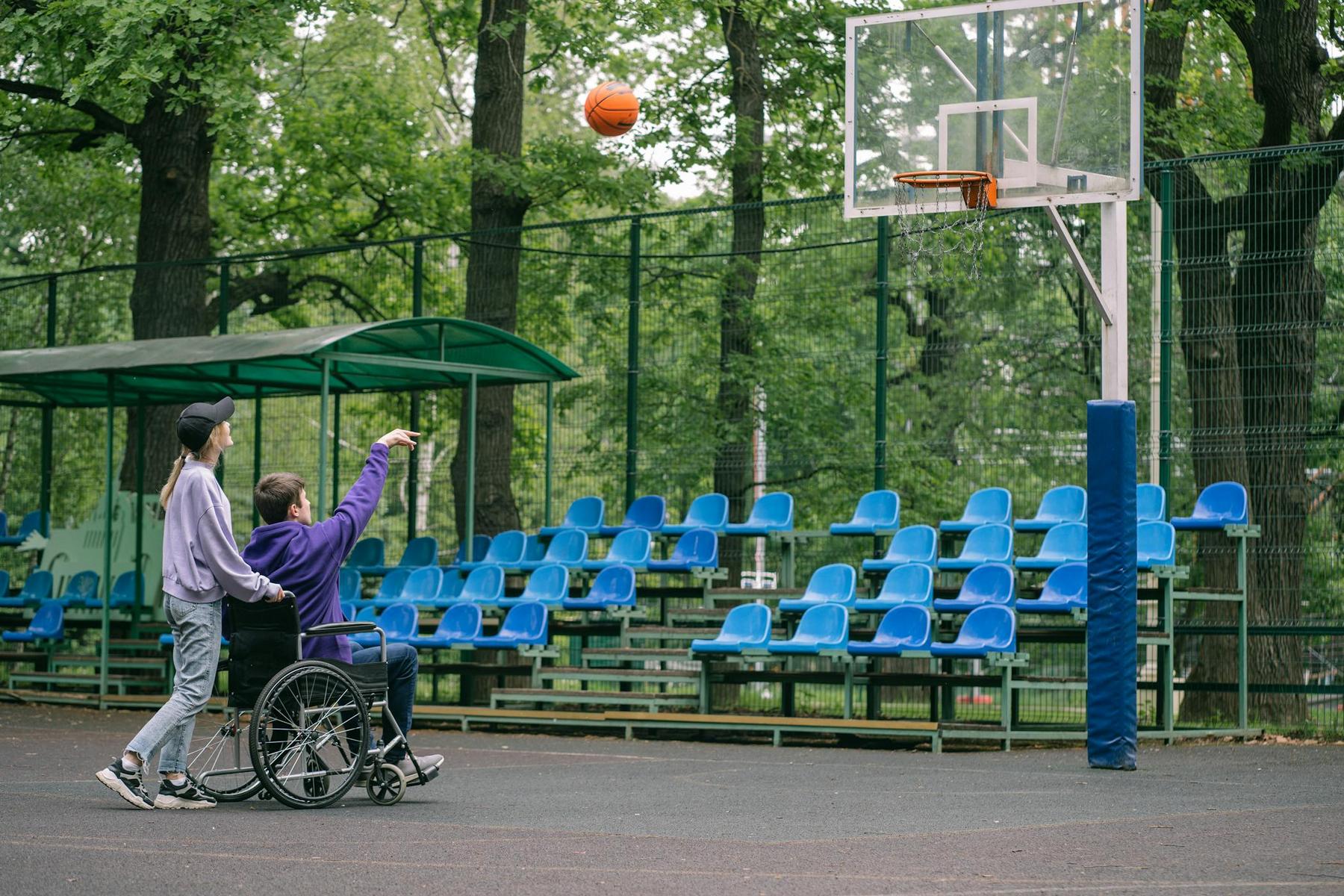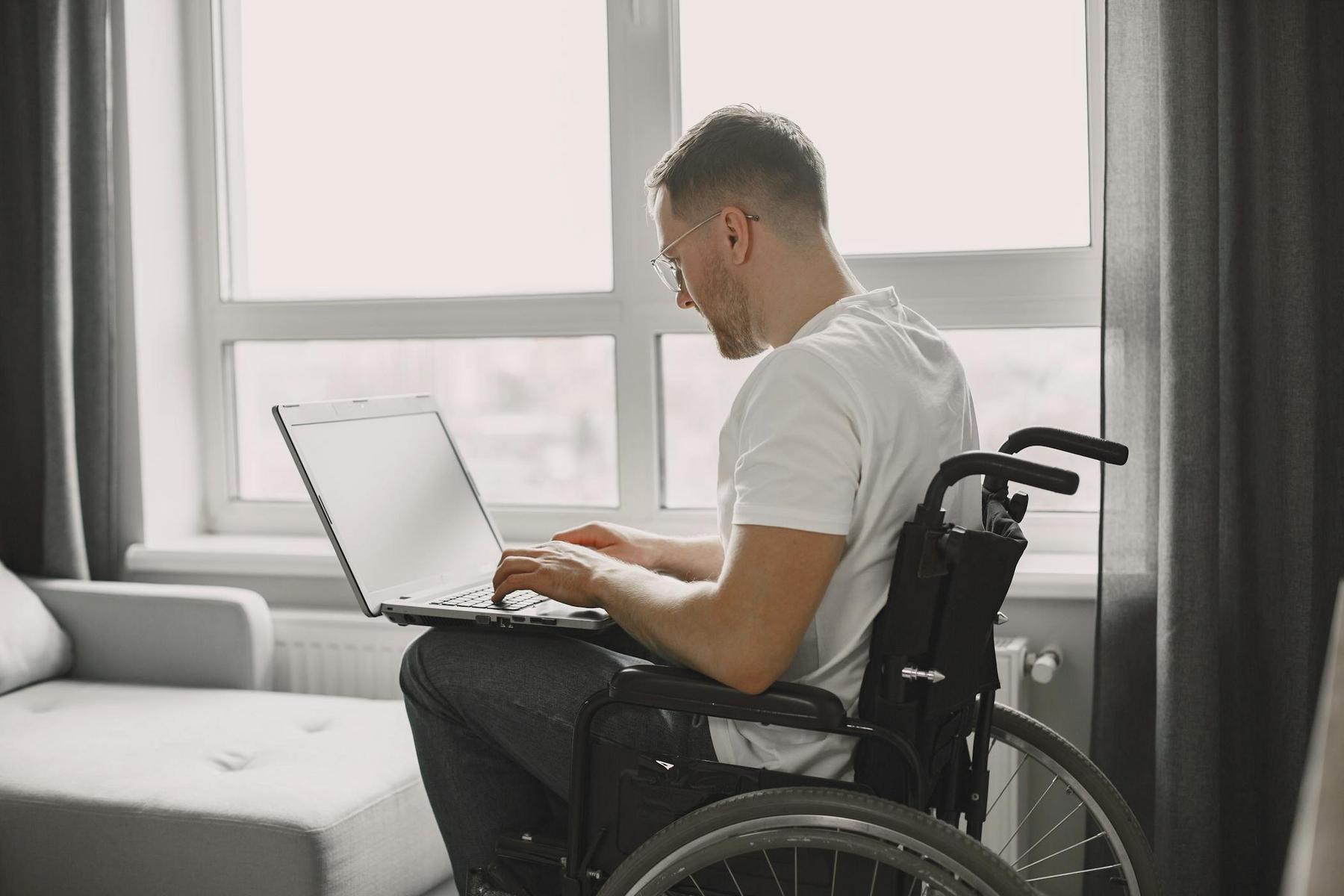In the lush tropical setting of Cairns, technology is quietly revolutionising lives. For people with disabilities, the latest assistive technologies aren’t just convenient gadgets—they’re gateways to freedom, dignity, and self-determination. As we navigate through 2025, innovative solutions are dismantling barriers that once seemed insurmountable, creating pathways to independence that were previously unimaginable.
How Are Smart Home Technologies Revolutionising independent living?
The concept of home has evolved dramatically for people with disabilities. Smart home technologies have transformed living spaces into responsive environments that anticipate and adapt to residents’ needs.
Voice-activated systems like Amazon Alexa and Google Nest have become central to independent living, particularly in Cairns where the tropical climate demands effective environmental control. These systems enable users to adjust lighting, manage air conditioning, operate entertainment systems, and control security features—all without physical interaction. For individuals with mobility limitations, these capabilities are revolutionary.
“Smart home technology isn’t a luxury for people with disabilities—it’s a necessity that transforms dependency into autonomy,” explains a specialist at Advanced Disability Management. “We’ve seen clients transition from requiring 24-hour support to managing independently with strategically implemented smart home systems.”
Beyond convenience, these technologies offer crucial safety features. Smart sensors can detect falls, monitor movement patterns, and alert carers to potential emergencies. For elderly Australians and those with complex needs, bed sensors now monitor sleep patterns and can detect anomalies linked to health conditions, reducing hospitalisations by a third compared to traditional care models.
The integration potential of these systems continues to expand in 2025, with unified platforms allowing seamless control across different manufacturers’ devices—a significant improvement from the fragmented systems of previous years.
What Mobility Innovations Are Breaking Physical Barriers in 2025?
Mobility technologies have undergone remarkable evolution, combining ergonomic design with intelligent features to overcome physical limitations.
Power wheelchairs have transcended basic functionality, now incorporating eye-tracking systems that allow users with conditions like ALS to navigate independently. All-terrain scooters provide access to Cairns’ beaches and rainforest walks, locations previously inaccessible to many mobility aid users.
Perhaps most revolutionary are exoskeleton technologies, which use sensor-driven actuators to restore movement patterns. These wearable robotic frames are transforming rehabilitation and daily living for people with spinal cord injuries and other mobility-limiting conditions.
“Mobility isn’t just about getting from point A to point B,” notes a mobility specialist. “It’s about spontaneity, participation, and choice—fundamental aspects of independence that many take for granted.”
For homes in Far North Queensland, adaptive solutions must withstand tropical conditions. Humidity-resistant materials for ramps, grab bars, and lifts ensure longevity in Cairns’ climate, while non-slip flooring addresses safety concerns during the wet season.
How Are Communication Technologies Bridging the Gap for People with Disabilities?
Communication lies at the heart of human connection, and assistive technologies in this domain are creating profound opportunities for inclusion and self-expression.
Augmentative and Alternative Communication (AAC) devices have evolved beyond basic picture boards to sophisticated systems that respond to minimal physical input. The Tobii Dynavox EyeMobile Mini, for instance, tracks eye movements to select phrases on a screen, synthesising speech in real-time. For individuals with limited or no verbal ability, these technologies provide a voice.
For children with autism spectrum disorders, applications like Proloquo2Go offer customisable communication grids that reduce frustration by 70% compared to previous methods. The impact on family dynamics and educational opportunities is immeasurable.
Cognitive support technologies are equally transformative. Adaptive software addresses learning disabilities through features like text-to-speech, syllable highlighting, and organisational tools. Microsoft’s OneNote has become an essential tool for students with dyslexia, while smartpens synchronise handwritten notes with audio recordings, supporting those with attention difficulties.
“When someone finds their voice through technology, whether literal or figurative, we witness a profound shift in confidence and engagement,” observes a communication specialist at Advanced Disability Management. “Technologies that facilitate communication are among the most empowering tools we implement.”
Which Visual and Hearing Assistive Technologies Are Making the Biggest Impact?
Sensory assistive technologies have undergone remarkable advancement, particularly in addressing visual and hearing impairments.
For visual impairments, AI-driven applications like Microsoft’s Seeing AI have transformed environmental navigation and information access. These tools narrate surroundings through smartphone cameras, identifying objects, reading text, and describing scenes. The OrCam MyEye 2.5, which attaches to eyeglass frames, performs similar functions without requiring internet connectivity—a crucial feature in remote areas of Queensland with limited service.
In Cairns specifically, 3D-printed tactile maps of the CBD help orient users to key landmarks like the Esplanade and shopping precincts, complementing digital navigation tools.
Hearing technology has similarly evolved beyond basic amplification. Modern hearing aids connect to smartphones via Bluetooth, streaming calls and entertainment directly. Cochlear implants with MRI compatibility have expanded options for people with profound hearing loss, while assistive listening devices filter background noise in challenging environments like Cairns’ busy markets and shopping centres.
How Is Wearable Technology Enhancing Quality of Life for People with Disabilities?
Wearable technologies represent one of the most dynamic sectors in assistive innovation, offering discrete solutions that integrate seamlessly into daily life.
Devices like the MyoPro arm brace use electromyography to detect residual muscle signals, enabling individuals with upper limb weakness or paralysis to grasp objects and perform daily activities. For post-stroke rehabilitation, wearable sensors provide real-time feedback during exercises, improving recovery outcomes significantly.
Apple Watches and similar devices now incorporate fall detection algorithms that automatically alert emergency contacts if a user falls—a feature that provides peace of mind for both individuals and their families. These devices also monitor vital signs and activity levels, offering valuable health insights.
“Wearable technology strikes a perfect balance between function and discretion,” notes a rehabilitation specialist. “Many clients prefer solutions that don’t immediately identify them as having a disability, and today’s wearables blend assistive features into mainstream products.”
What Role Does the NDIS Play in Accessing Assistive Technology in Australia?
The National Disability Insurance Scheme (NDIS) remains the cornerstone of assistive technology funding in Australia, with significant improvements to the assessment and approval process implemented in recent years.
Under the NDIS, assistive technologies are categorised across four tiers:
| Category | Cost Range | Examples | Approval Process |
|---|---|---|---|
| Basic | Under $1,500 | Modified utensils, basic communication apps | Self-managed with minimal documentation |
| Standard | $1,500-$5,000 | Hearing aids, basic wheelchairs | Therapist recommendation required |
| Specialised | $5,000-$15,000 | Power wheelchairs, complex communication devices | Detailed assessment and quotes required |
| Complex | Over $15,000 | Smart home systems, advanced prosthetics | Comprehensive specialist assessment and demonstration |
The NDIS’s approach to technology funding has evolved to recognise the long-term cost benefits of appropriate assistive technology. Studies indicate that access to suitable technologies reduces reliance on caregivers by approximately 40% and improves employment outcomes by nearly a third—statistics that demonstrate both social and economic returns on investment.
“Navigating NDIS funding for assistive technology requires expertise,” advises a support coordinator at Advanced Disability Management. “We work closely with participants to identify technologies that match their goals, and with specialists to develop compelling evidence for funding applications.”
For residents of regional areas like Cairns, additional funding pathways exist through state-based initiatives that address the unique challenges of tropical and remote living.
The Future of Assistive Technology: Breaking New Ground
As we look toward the horizon of assistive innovation, several trends emerge that promise even greater independence for people with disabilities.
Artificial intelligence and machine learning are revolutionising predictive technologies. AAC devices now learn users’ communication patterns, reducing the time and effort required to generate messages. AI-powered prosthetics adapt to users’ movement patterns, improving functionality dramatically over time.
Brain-computer interfaces, once confined to research laboratories, are beginning to enter clinical applications, offering hope for individuals with the most severe physical limitations. These systems interpret brain signals directly, potentially bypassing damaged neural pathways entirely.
3D printing continues to democratise assistive technology production, allowing for customised, cost-effective solutions that precisely meet individual needs. In Cairns, this has particular relevance for developing weather-resistant adaptations suited to tropical conditions.
The convergence of these technologies with Australia’s robust disability support framework creates unprecedented opportunities for independence. Yet challenges remain, particularly in ensuring equitable access across socioeconomic boundaries and geographic regions.
Embracing Technological Empowerment
Assistive technologies represent more than functional tools—they embody the right to self-determination and full participation in community life. As these innovations continue to evolve and become more accessible, the traditional boundaries of disability are being redefined.
For individuals, families, and support providers in Cairns and beyond, staying informed about technological possibilities is essential to maximising independence. Each innovation opens new doors, whether it’s a smart home system that enables someone to live alone safely for the first time, or a communication device that facilitates deeper connections with loved ones.
The journey toward technological empowerment is unique for each person, shaped by individual goals, preferences, and circumstances. What remains constant is the transformative potential of thoughtfully implemented assistive technology to create lives defined not by limitation, but by possibility.
Have questions? Need support? Reach out to us here at Advanced Disability Management.
How do I determine which assistive technologies are right for my specific needs?
Identifying appropriate assistive technologies begins with a thorough assessment by qualified professionals, such as occupational therapists or speech pathologists. They evaluate your abilities, goals, and environment to recommend solutions tailored to your needs.
What funding options are available for assistive technology in Queensland?
The primary funding pathway is through the NDIS, which covers approved assistive technologies aligned with your plan goals. Additional support may be available through Queensland-specific programs and, for veterans, through the Department of Veterans’ Affairs. Support coordinators can help navigate these options.
How can smart home technology be implemented in rental properties?
Renters can use non-permanent smart home solutions such as portable smart speakers, wireless door sensors, and removable smart locks that do not require structural modifications. For NDIS participants, funding for these technologies may be available when linked to independence goals.
What considerations are important when selecting assistive technology for Far North Queensland’s climate?
Given Cairns’ tropical climate, it’s important to choose devices with high humidity and water resistance ratings, UV-stabilised materials for outdoor equipment, and reliable backup power options. Local expertise is essential to ensure that technologies are suited to regional conditions.
How can I stay updated on emerging assistive technologies relevant to my disability?
Staying connected with disability-specific organisations, subscribing to technology newsletters, attending webinars, and engaging with online communities are great ways to remain informed. Regular technology reviews with your support team can also help ensure your assistive devices remain current.



